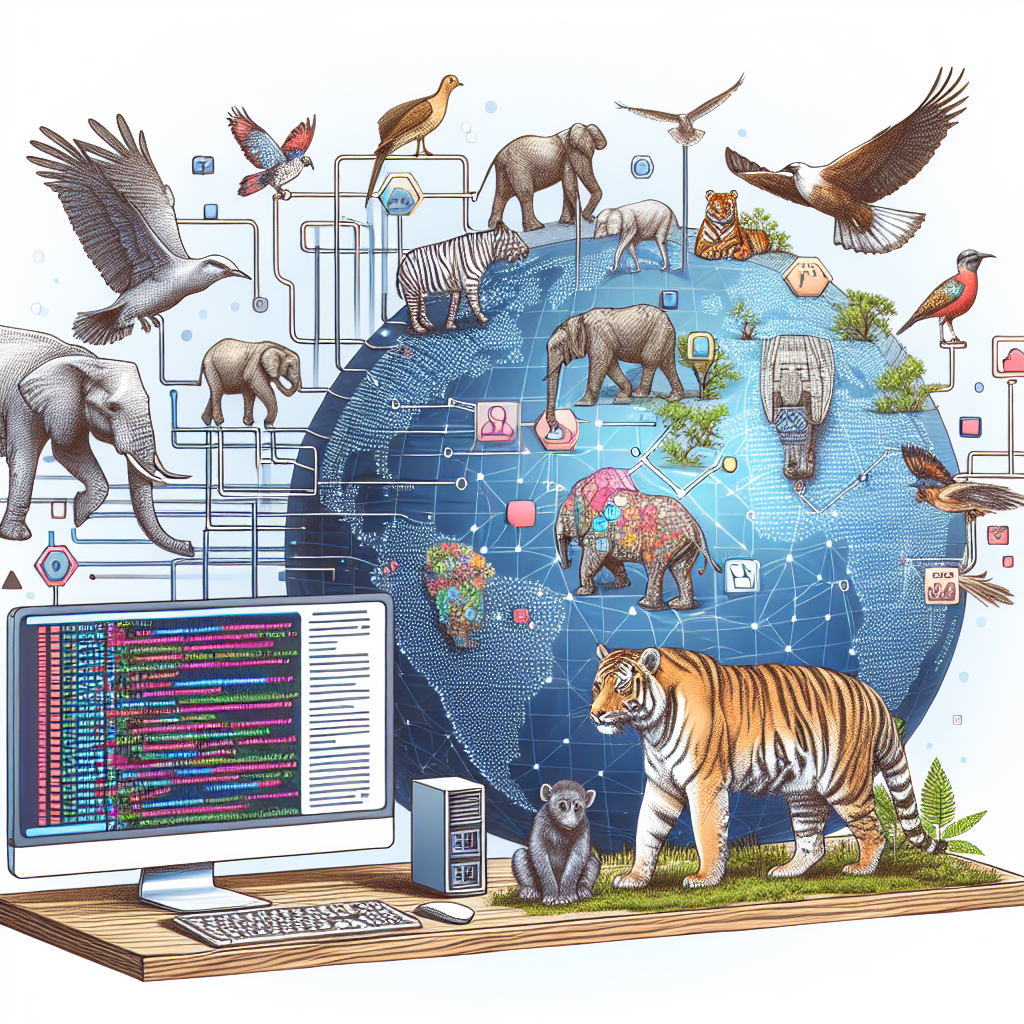The Role of AI in Wildlife Tracking
In recent years, advancements in artificial intelligence (AI) have revolutionized the way we track and monitor wildlife. AI technologies have enabled researchers to collect and analyze data more efficiently and accurately than ever before, leading to a better understanding of animal behaviors and the ecosystems they inhabit. This has significant implications for conservation efforts, as it allows for more targeted and effective measures to protect endangered species and preserve biodiversity.
One of the key applications of AI in wildlife tracking is the use of unmanned aerial vehicles (UAVs) or drones. These devices can be equipped with cameras, sensors, and AI algorithms that can analyze images and footage to identify and track animals in their natural habitats. This technology is particularly useful for monitoring elusive or endangered species that are difficult to track on the ground.
AI-powered drones can cover large areas of land quickly and efficiently, providing researchers with real-time data on animal movements, population sizes, and behavior patterns. This information can help identify areas of high conservation priority and inform decision-making processes for conservation efforts.
Another application of AI in wildlife tracking is the use of camera traps. These devices are set up in strategic locations in the wild and are triggered by motion or heat sensors to capture images or videos of animals as they pass by. AI algorithms can then analyze these images to identify species, individuals, and behaviors, providing valuable insights into the ecology and behavior of wildlife.
AI can also be used to analyze acoustic data collected from remote sensors to detect and identify animal sounds. This technology is particularly useful for monitoring vocalizations of species such as birds, frogs, and mammals, allowing researchers to track populations and study communication patterns.
Overall, AI has the potential to revolutionize wildlife tracking and conservation efforts by providing researchers with the tools they need to collect, analyze, and interpret data more effectively. By harnessing the power of AI, we can gain a deeper understanding of the natural world and develop more targeted and sustainable conservation strategies to protect our planet’s biodiversity.
FAQs
Q: How does AI help in tracking wildlife?
A: AI technologies such as drones, camera traps, and acoustic sensors can collect and analyze data more efficiently and accurately than traditional methods, enabling researchers to track and monitor wildlife in their natural habitats.
Q: What are the benefits of using AI in wildlife tracking?
A: AI allows for real-time data collection and analysis, leading to a better understanding of animal behaviors and ecosystems. This information can help inform conservation efforts and protect endangered species.
Q: What are some of the challenges of using AI in wildlife tracking?
A: Some challenges of using AI in wildlife tracking include technical limitations, such as battery life and connectivity issues, as well as ethical considerations, such as privacy concerns and data security.
Q: How can AI be used to track endangered species?
A: AI technologies can be used to monitor the movements, behaviors, and populations of endangered species in their natural habitats. This information can help researchers identify threats and develop conservation strategies to protect these species.
Q: What are some examples of AI applications in wildlife tracking?
A: Some examples of AI applications in wildlife tracking include using drones to monitor animal populations, camera traps to capture images of wildlife, and acoustic sensors to detect animal sounds. These technologies provide valuable data for conservation efforts.
In conclusion, AI has the potential to revolutionize wildlife tracking and conservation efforts by providing researchers with innovative tools to collect, analyze, and interpret data. By harnessing the power of AI, we can gain a deeper understanding of the natural world and develop more targeted and sustainable conservation strategies to protect our planet’s biodiversity.

